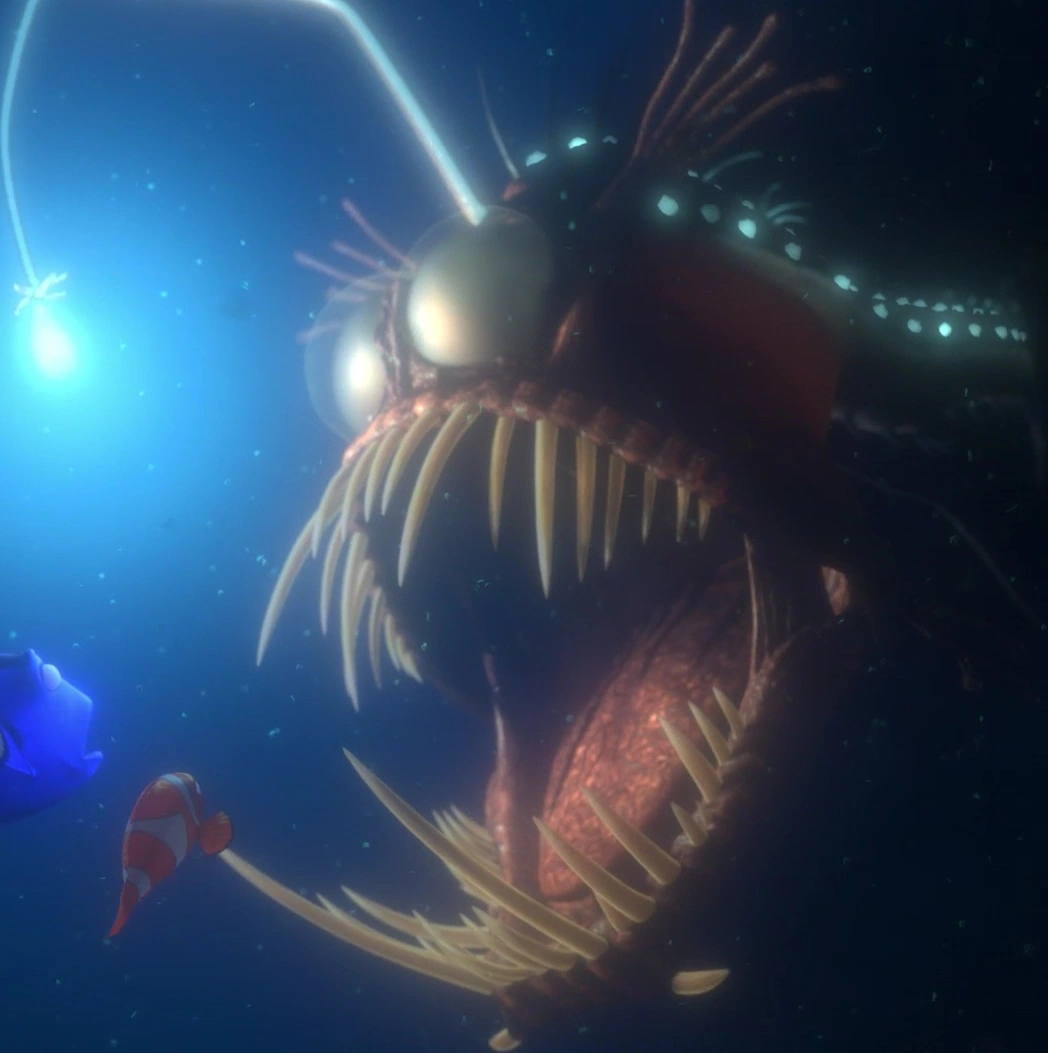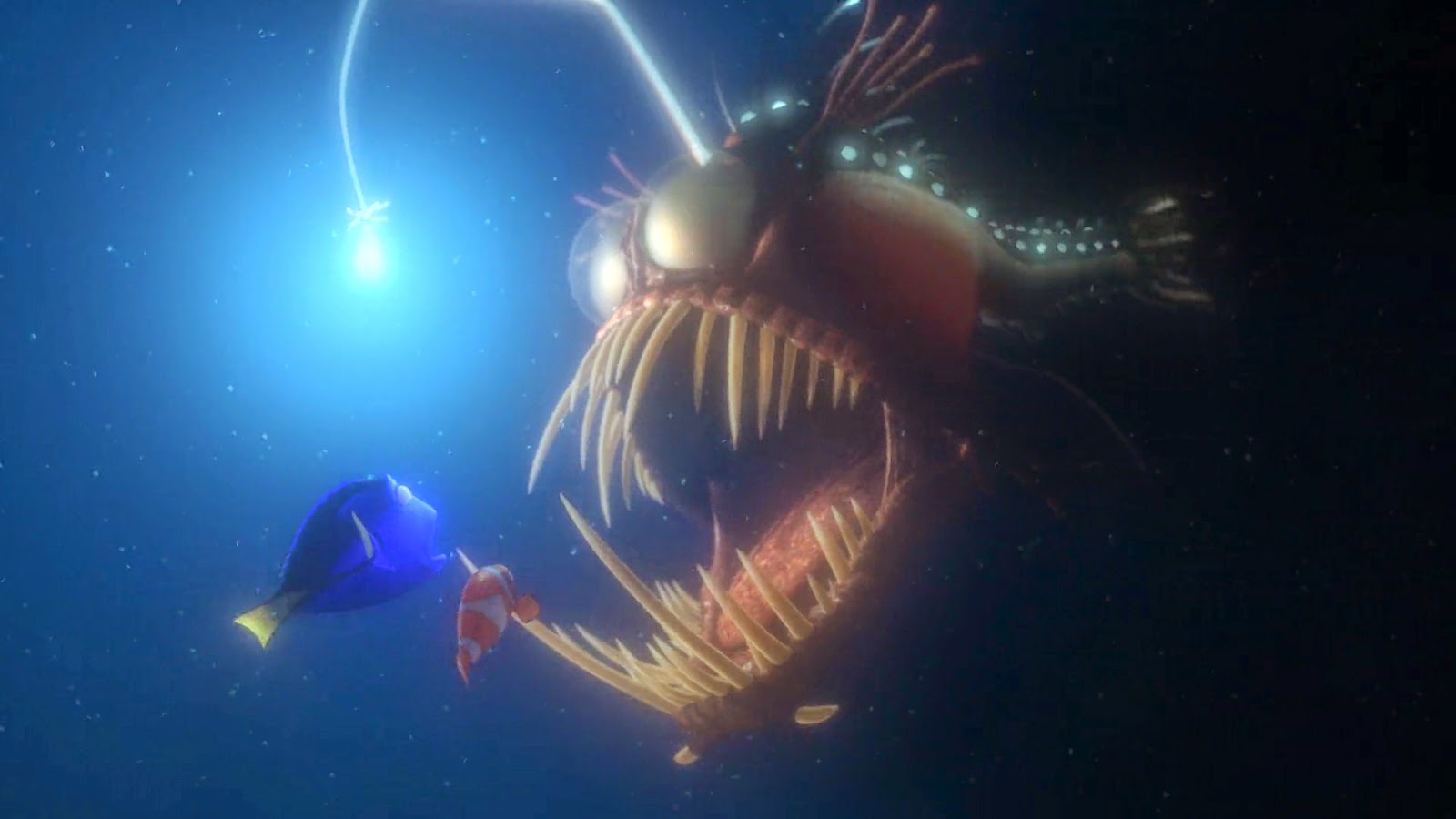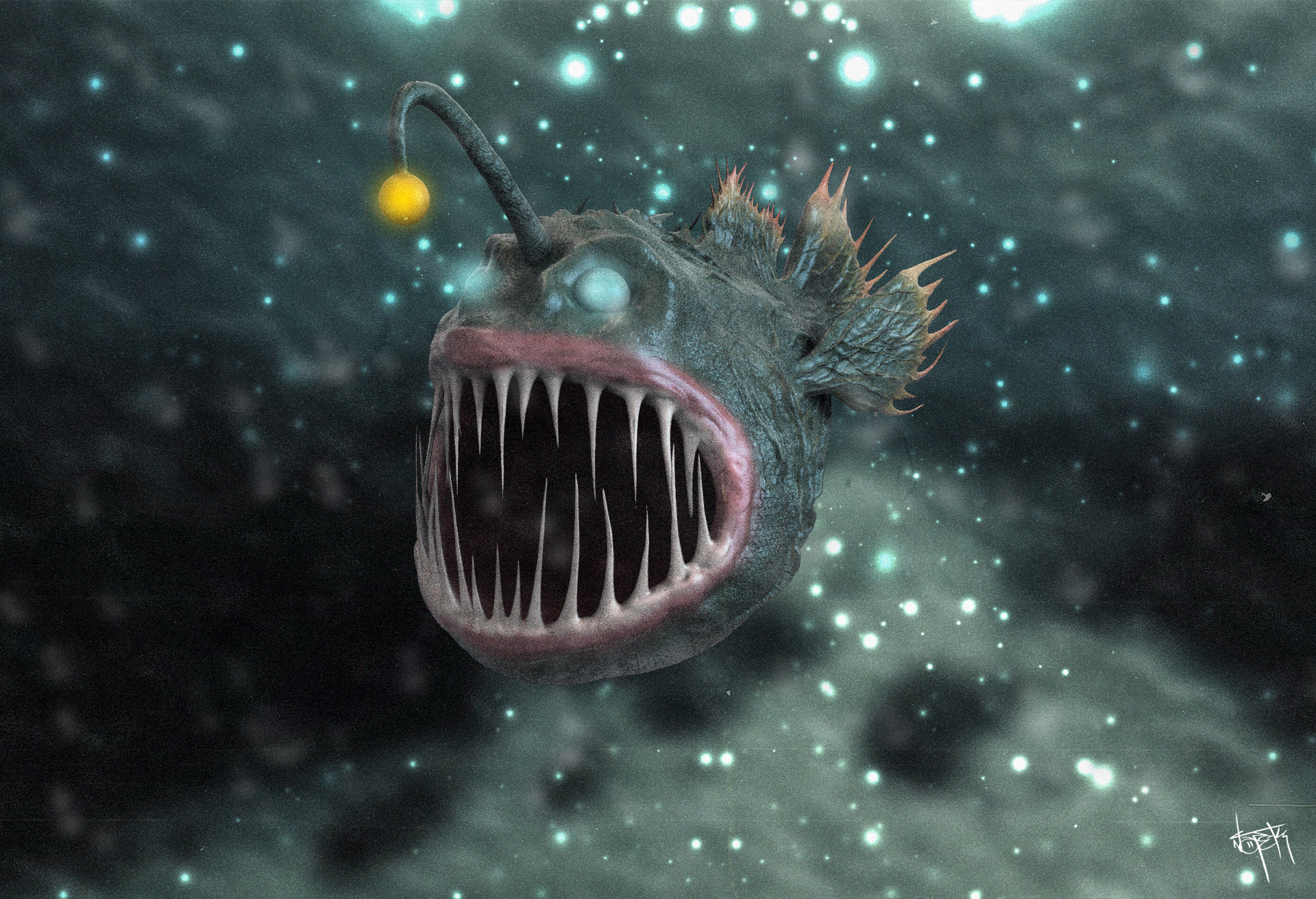Finding Nemo's Fish! Types, Facts & More - Dive In!
Have you ever wondered about the incredible diversity of marine life showcased in animated films? The movie Finding Nemo isn't just a heartwarming tale of a father's love; it's a vibrant underwater panorama teeming with an astonishing array of fish species, each with their own unique characteristics and roles to play.
The sheer variety of aquatic creatures that Pixar brought to life in Finding Nemo is truly remarkable. From the familiar clownfish to the more obscure anglerfish, the film offers a glimpse into a world often hidden beneath the waves. This article delves into the fascinating fish that populate this animated masterpiece, exploring their real-world counterparts and the roles they play both in the film and in the grand scheme of marine ecosystems. The attention to detail in the movie highlights not only the beauty but also the ecological importance of each species. It's a testament to the power of storytelling to spark curiosity and inspire a deeper appreciation for the natural world.
Before we dive deeper into the specific types of fish, let's take a look at some general information about the movie and its impact:
| Category | Details |
|---|---|
| Film Title | Finding Nemo |
| Release Year | 2003 |
| Studio | Disney/Pixar |
| Director | Andrew Stanton, Lee Unkrich (co-director) |
| Genre | Animated Adventure, Family |
| Plot Summary | A clownfish named Marlin searches the ocean for his abducted son Nemo. |
| Impact | Increased awareness of clownfish and coral reef ecosystems. Sparked interest in marine biology and conservation. |
| Further Information | Pixar Official Website |
One of the most memorable, albeit terrifying, encounters in Finding Nemo involves the anglerfish. This deep-sea predator, with its bioluminescent lure, perfectly encapsulates the alien nature of the ocean's depths. In the film, the anglerfish appears as a minor antagonist, its eerie glow drawing Marlin and Dory into a perilous situation. In reality, anglerfish are denizens of the 'midnight zone,' dwelling in perpetual darkness thousands of meters below the surface. Several species are called devilfish, but they are quite small. Their bioluminescence, produced by symbiotic bacteria, serves the same purpose as depicted in the movie: to attract unsuspecting prey. When smaller fish are drawn close enough, the anglerfish strikes with surprising speed.
The movie vividly depicts the anglerfish's hunting strategy, showcasing the survival mechanisms that have evolved in the crushing depths of the ocean. The vocal sound effects for the anglerfish in Finding Nemo were provided by Frank Welker, adding to the creature's unsettling presence. Imagine the pitch-black environment where these fish thrive, where bioluminescence is not just a novelty, but a crucial tool for survival. Descend two hundred meters (about 656 feet) below the surface, and you begin to understand the challenges faced by creatures in these environments. The complete darkness necessitates unique adaptations, and the anglerfish's bioluminescent lure is a prime example.
Then there's the spotted eagle ray, a majestic creature that graces the tropical and subtropical waters across the globe. These rays, characterized by their dark blue or black backs adorned with distinctive white spots, are a sight to behold. They are known for their graceful movements as they glide through the ocean, filtering food from the water. While a spotted eagle ray doesn't have a prominent role in Finding Nemo, its presence, along with other diverse fish species, highlights the incredible biodiversity of the marine environment. The film effectively utilizes these visual cues to immerse viewers in the vibrant ecosystem of the coral reef and the open ocean.
- Movierulz Unblocked Find Alternatives Movie News Year
- Khatrimaza 2025 Bollywood Hollywood Movies Where To Watch
Finding Nemo also introduces us to Blenny, a minor character who, despite his small size, embodies the anxieties of life in a predator-filled environment. He is constantly on edge, particularly around characters like Chum, the shark, which causes him to swim away in fear. Blenny's reactions are relatable, reflecting the constant vigilance required for survival in the ocean. His portrayal, though comedic, underscores the delicate balance of the marine ecosystem and the constant threat of predation.
Beyond the central characters, Finding Nemo is populated with a supporting cast of diverse fish species. These colorful and varied creatures contribute to the overall richness and realism of the underwater world. Jellyfish, for instance, are featured, albeit in a somewhat dangerous context. Their presence serves as a reminder of the potential hazards that exist even in seemingly idyllic environments. Pelicans, though birds, also make an appearance, highlighting the interconnectedness of the marine ecosystem and the broader environment. The inclusion of these diverse species underscores the film's commitment to portraying a realistic and vibrant underwater world.
The movie opens with a scene of domestic tranquility before tragedy strikes. Coral, Nemo's mother, and Marlin are shown protecting over 400 baby fish eggs. This scene highlights the vulnerability of marine life and the constant threats they face, even before birth. The barracuda attack, which claims Coral's life, serves as a stark reminder of the dangers lurking in the ocean depths. Barracudas are saltwater fish known for their predatory nature. They possess a pointed snout and sharp teeth, making them formidable hunters. The film uses the barracuda to establish the central conflict and motivate Marlin's journey to find Nemo.
It is important to understand that barracudas are generally harmless to humans unless provoked. They are carnivores that feed on smaller fish, using their speed and sharp teeth to capture prey. The presence of the barracuda in Finding Nemo, while frightening, accurately reflects the reality of predator-prey relationships in the ocean.
The names and types of fish, and other aquatic animals, are very essential element for the movie Finding Nemo. From clownfish to sharks, sea turtles and more. The accuracy in the depiction of these animals is admirable. The films animators clearly invested time and effort to accurately represent the appearance and behavior of different species. This level of detail enhances the viewing experience and contributes to the film's overall educational value.
In addition to the specific species mentioned above, Finding Nemo showcases a variety of other fish, each contributing to the film's visual appeal and ecological realism. These include various types of reef fish, each with its own unique coloration and behavior. The film's portrayal of the Great Barrier Reef is particularly impressive, capturing the vibrant beauty and biodiversity of this iconic ecosystem. The animators have done their best to render coral formations, diverse fish species, and other marine life with stunning accuracy. This attention to detail elevates Finding Nemo beyond a simple animated film, making it a visually stunning and educational experience.
The fish teacher scientist in Finding Nemo is another supporting character. In reality, Scientists who study fish contribute valuable knowledge and insight into the marine world. Their work helps us understand fish behavior, ecology, and conservation needs. The movie also gives an underlying message of ocean conservation that is very essential for aquatic life.
In conclusion, Finding Nemo is more than just a children's movie; it's a celebration of marine biodiversity. The film effectively introduces audiences to a wide range of fish species, from the familiar clownfish to the more obscure anglerfish. By showcasing the beauty and diversity of the underwater world, Finding Nemo inspires a deeper appreciation for the ocean and its inhabitants.
- Lendly Scam Or Legit Shocking Reviews Trust Score Analysis
- Bollyflix More Your Guide To Streaming Indian Cinema Online

Light Fish Finding Nemo

Light Fish Finding Nemo

Light Fish Finding Nemo